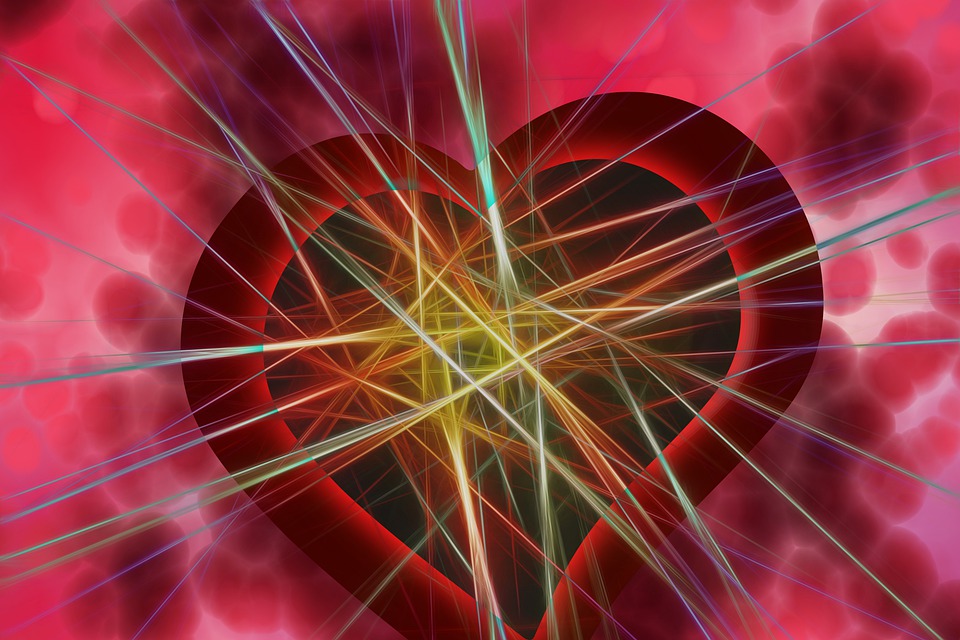Preface
Since the blood consists of many components, there are many possibilities for Diseases and disorders, symptoms and treatment. Some are common and can be cured by dietary changes alone, but there are also some that require intensive care and support. In this article, we will look at some of the most common blood disorders.
Deficiency or reduced number of one of the components of the blood

PROBLEMS WITH THE RED BLOOD CELLS
Of all the components of blood, erythrocytes have the greatest need, as they are the cells that transport oxygen and other vital substances to all parts of the body. In general, the production and destruction of red blood cells is controlled by the body, and even the loss of blood in some accidents is easily compensated for. The reason for this is that the bone marrow can increase its production of red blood cells by 6 to 8 times to replace the lost blood.
The most important red blood cell disorder is anemia. There are many types of anemia. We will look at them below. Depending on the stage of anemia, it is decided whether it is curable or fatal. Some people do not even have symptoms.
However, the most common symptoms can be

- – Tiredness
- – Shortness of breath of the blood
- – Weakness of the muscles
- – Poor concentration
- – Rapid heart rate
- – Pale skin
- – White colored nails
IRON DEFICIENCY ANEMIA
This is a disorder caused by an insufficient amount of iron in the blood. Hemoglobin is a part of red blood cells that gives them their red color. This hemoglobin is made up of iron. Less iron therefore means that the number of hemoglobin’s is lower.
Red blood cells contain at least 16 grams of hemoglobin per 100 milliliters of blood. In a healthy person, this makes up an average of 42 to 47 percent of the total blood mass.
This may also be due to the increased production of red blood cells and their increased size. As a result, the hemoglobin in these cells is poorly filled. This anemia is called hypochromic microcytic anemia.
SICKLE CELL ANEMIA
The usual shape of red blood cells is that of a thin disc, which is biconcave. But in this case, the red blood cells have a crescent shape. This is due to a genetic mutation. The red blood cells that have this shape have an abnormal amount of hemoglobin, which makes their ability to transport oxygen different from normal cells. These blood cells are rigid by nature and if they accumulate in a particular part of the bloodstream, blood flow to that part of the organ or body part can be completely blocked.
PERNICIOUS ANEMIA
The word pernicious means dangerous. It is caused by a lack of vitamin B12. This vitamin is essential for the production of red blood cells in the bone marrow. A deficiency of this vitamin therefore leads to a decrease in the production of red blood cells. This deficiency cannot be treated. And can be fatal in some cases. The deficiency is caused because the blood cannot absorb the vitamin properly. And this inability is a result of an autoimmune reaction.

AUTOIMMUNE HEMOLYTIC ANEMIA
As the name suggests, this is an autoimmune disease. This disease is very rare. The immune system is designed to automatically remove foreign bodies that are harmful to our body.
In this case, the immune system identifies the red blood cells as foreign or unwanted. Therefore, it begins to destroy the red blood cells.
If the rate of destruction is as high as the rate of production, it is fatal. So far there is no age limit for this disease. However, according to researchers, it is mostly found in people over 40.
Conclusion
So far we have only seen some of the Diseases and disorders of the blood, symptoms and treatment that can occur in red blood cells. I will go into more detail in the next few posts.
Blood group features // vessels // cells
Overview Blood Anatomy // Blood Functions // Cells
Causes of kidney stones // treatment // symptoms
